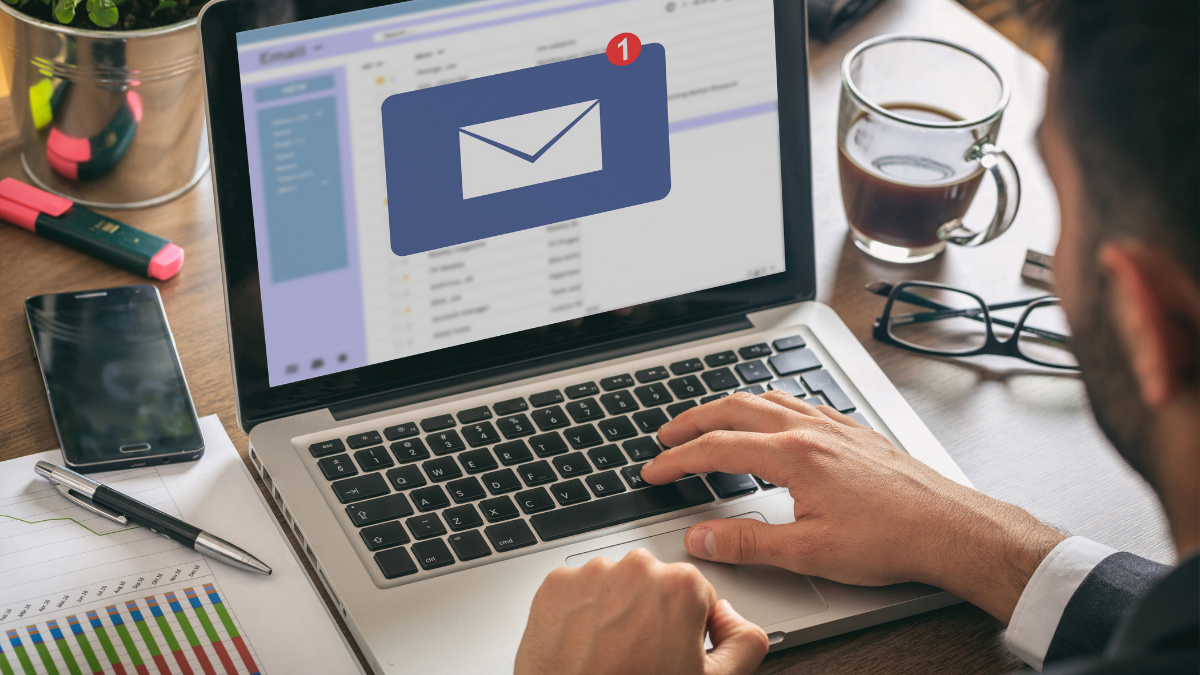

Email Marketing: Automation, Segmentation, and Personalization for Higher ROI
Unlock the power of email marketing! Automation, segmentation, and personalization strategies help drive conversions, nurture leads, and boost ROI with every campaign—perfect for small and midsize businesses.
Email marketing is still a powerful tool that consistently yields one of the highest returns on investment in a digital landscape overflowing with fads. But generic, one-size-fits-all newsletters are a thing of the past. It is necessary to rethink email marketing from the perspectives of automation, segmentation, and personalization in order to fully realize its potential and increase ROI.
This is about starting and maintaining meaningful conversations at scale, not just sending emails. It is about getting the right message to the right person at the right time. When used effectively, this contemporary strategy turns email from a straightforward channel for communication into a powerful tool for conversion.
Are you prepared to turn your email marketing into a potent source of income? Check out our all-inclusive email automation and digital marketing services!
Simplifying Your Workflow with Automation’s Power
In contemporary marketing, the sheer number of consumer interactions and data points can be debilitating. Email automation is a game-changer in this situation. Businesses can use automation to create preset email sequences that start on their own when certain user behaviors or preset schedules are met.
Think about how automating can increase efficiency:
- Greetings, Series: Introduce your brand, welcome new subscribers, and walk them through their first experience automatically.
- Reminders for Abandoned Carts: Recover lost sales by reminding customers who have left items in their cart to finish their purchase.
- Campaigns for Re-engagement: Use targeted offers or insightful content to pique the interest of dormant subscribers and win them back.
- Post-Purchase Follow-ups: To increase customer satisfaction and promote repeat business, thank customers, ask for reviews, suggest related products, or offer helpful usage advice.
Automation guarantees timely communication, maintains consistency, and saves countless hours of manual labor—all while nurturing leads and customers around-the-clock without the need for direct human intervention.
Accuracy Through Segmentation: Connecting with the Correct Audience
It is like throwing a wide net and hoping for the best when you send the same email to everyone on your list. The remedy for this inefficiency is email segmentation. It entails breaking up your email list into more manageable, smaller groups according to shared traits, habits, or tastes.
Among the useful segmentation criteria are:
- Demographics: location, industry, age, and gender.
- Purchase History: Purchases of particular product categories, repeat customers, and first-time purchasers.
- Levels of Engagement: Inactive subscribers and active openers/clickers.
- Website behavior includes viewing products, downloading content, and visiting pages.
- Lead Source: The method of enrollment (blog, webinar, direct inquiry, etc.).
You can significantly increase open rates, click-through rates, and conversion rates by segmenting your audience to make sure that the content of your emails is extremely relevant to each group. A message that is customized for a particular audience feels valuable and unique rather than generic.
The Craft of Customization: Establishing a More Meaningful Connection
Segmentation provides groups with pertinent content, but email personalization goes one step further by customizing each recipient’s email. This extends beyond simply addressing them by their first name. Utilizing data, true personalization produces experiences that are incredibly meaningful.
Examples of personalization include:
- Dynamic Content: Adapting offers, product suggestions, or images in an email according to the recipient’s prior interactions or assumed preferences.
- Sending emails in response to particular actions (e.g., “You viewed X product, here are similar items” or “We noticed you downloaded Y eBook, here’s more on that topic”) is known as a behavioral trigger.
- Sending invitations to events or promotions that are location-specific is known as geo-targeting.
- Lifecycle Stage: Tailoring communications to a lead’s or customer’s stage in the brand journey.
Did You Know?
Marketers have discovered that segmented and personalized campaigns increase email revenue by 760%, and emails with personalized subject lines have a 26% higher chance of being opened!
To unlock the full potential of email marketing reimagined for your business, partner with experts who understand the nuances of this evolving field. Call Contemporary Media Group at 973.512.3122 today, and let’s craft an email strategy that delivers exceptional results.
Commonly Asked Questions
How does a small business go about putting email marketing automation into practice?
Selecting a trustworthy email marketing platform with automation features (such as Mailchimp, HubSpot, or Sendinblue) is the first step for a small business. Create a welcome series for new subscribers as a simple first step. Add increasingly sophisticated automations as you become more at ease, such as re-engagement flows or reminders for abandoned carts. In order to facilitate future segmentation, concentrate on gathering high-quality subscriber data.
What constitutes excessive personalization and how frequently should I segment my email list?
You ought to divide up your email list according to the characteristics of your audience and the ways in which their requirements differ with respect to your goods or services. If personalization actually adds value and is not seen as intrusive, then there is no “too much” of it. Transparency and ethical use of data are crucial. Steer clear of “creepy” or overly predictive personalization. Making the email seem as though it was written for them rather than about them is the aim.


















